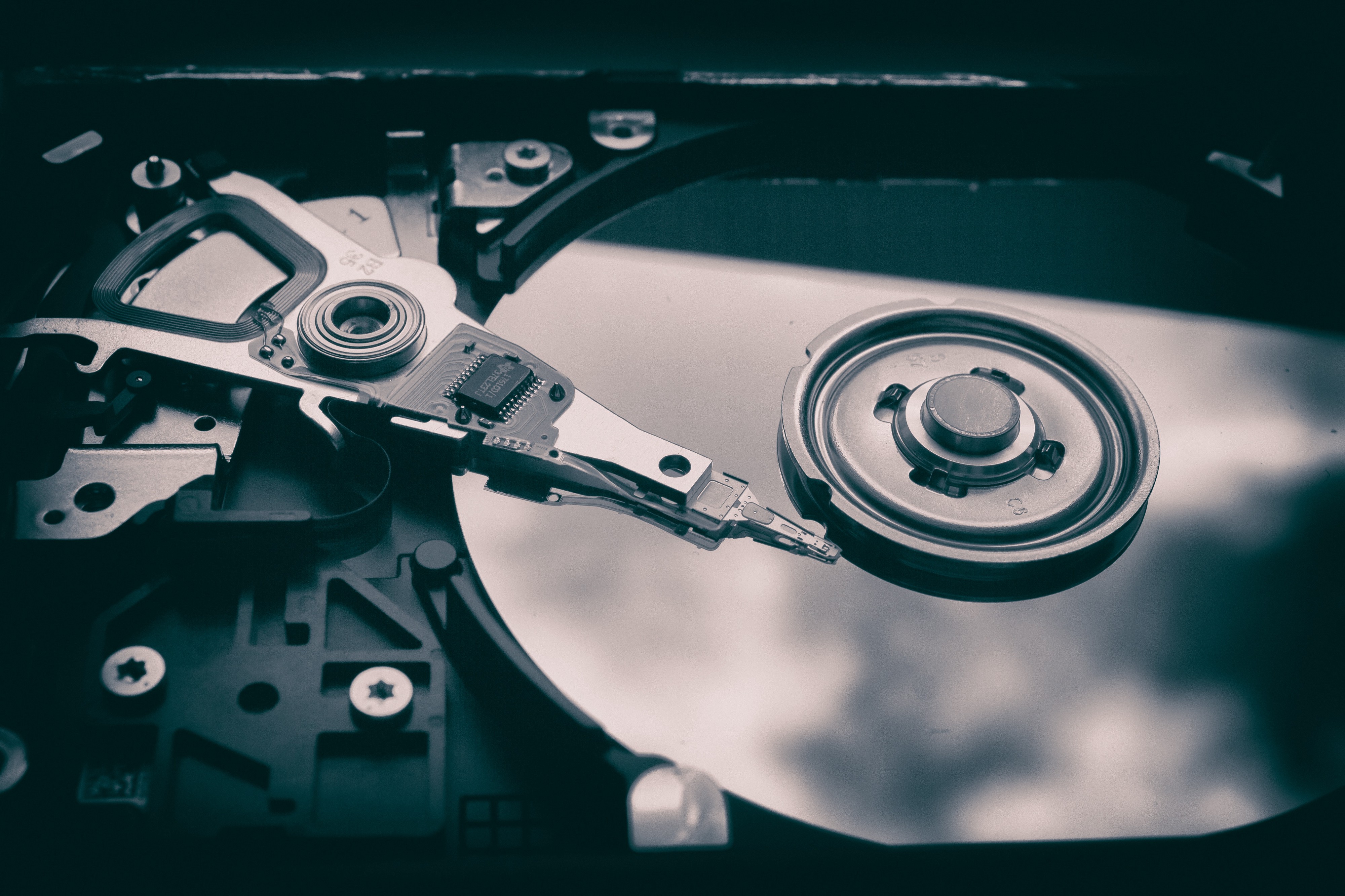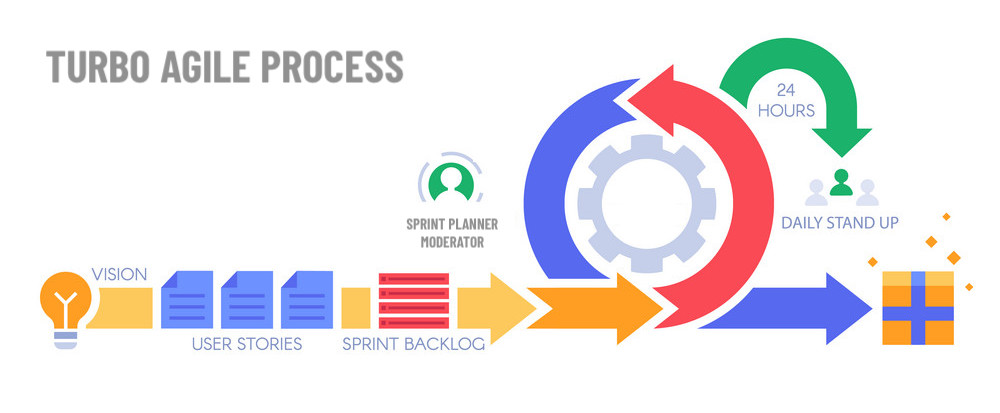
This post describes how I was able to fix the "read-only filesystem" issue on one of my C5 instances in AWS EC2.
Read Only my Ass!
Let me tell you a story, which I like to call the "Read-Only" problem that happened to one of our C5 hosts. It cost me a few hours of head-scratching and after figuring it out, it would be a missed opportunity if I didn’t blog about it.
But I have some alternative motives too: I’d love to rant to you about how incompetent AWS support staff is, and how their forums are completely useless, and frankly, infuriating.
Does this problem look familiar?
You try to run commands on your machine, but all you get back is:
$ touch file
Error: read only file systemWhat the hell is going on?
So here is what happened earlier today.
One of our C5 instances suddenly became read only.
Since most services write to disk, the instance essentially became completely useless.
I desperately searched for answer on AWS forums… to no avail.
Despite finding several threads describing my exact problem, I quickly realized that NONE of the threads contained a solution!!!!! Now single customer who reported the problem said on the forum — "Yay!", it worked!
Because there were no suggestions besides increasing nvme io_timeout from 30 seconds to some arbitrary large number. I did that, rebooted the instance, and nothing changed. And the io_timeout was reset back to 30 seconds.
Well, that was a flop. Nice try AWS. Next time — try a bit harder, will you?
The Solution
Now, if you are experiencing the same problem I suggest you run the following command:
$ mount -l | grep nvme
/dev/nvme0n1p1 on / type ext4 (ro,relatime,data=ordered) [cloudimg-rootfs]The command which assumes your instance uses SSD local drives, which are typically provided by the NVME (Non-Volatile Memory Express) drives.
| NVMe (Non-Volatile Memory Express) is a communications interface and driver that defines a command set and feature set for PCIe-based SSDs with the goals of increased and efficient performance and interoperability on a broad range of enterprise and client systems. NVMe was designed for SSD. |
What you see here is that the primary EBS volume was mounted as ro — meaning read only.
If you issue the same command on a healthy machine, you should see rw, instead of ro, meaning, of course, "read-write".
OK, so why would a file system on Linux become read-only? Could it be some data corruption? Bad blocks?
That’s a possibility. Unlikely, since they are supposed to be using SSDs that are more reliable than HDDs. At least that’s what SSD manufacturers want you to believe.
Anyway, from my early Linux days (I installed my first Linux in 1996, I think, from 80 floppy disks, really), I remember the über helpful fsck command. If you type fsck<TAB><TAB> you will see that there are a bunch of them:
$ fsck<TAB><TAB>
fsck
fsck.cramfs
fsck.ext3
fsck.ext4dev
fsck.minix
fsck.nfs
fsck.fat
fsck.msdos
fsck.vfat
fsck.xfs
fsck.btrfs
fsck.ext2
fsck.ext4OK, so we just need to figure out which file system we are running, and then run the appropriate fsck utility.
Right above, where we did mount -l, you may have noticed that the file system type is ext4. Alrighty then. Now we know which fsck to run!
Let’s run it and see what options does it have:
$ fsck.ext4
Usage: fsck.ext4 [-panyrcdfvtDFV] [-b superblock] [-B blocksize]
[-I inode_buffer_blocks] [-P process_inode_size]
[-l|-L bad_blocks_file] [-C fd] [-j external_journal]
[-E extended-options] device
Emergency help:
-p Automatic repair (no questions)
-n Make no changes to the filesystem
-y Assume "yes" to all questions
-c Check for bad blocks and add them to the badblock list
-f Force checking even if filesystem is marked clean
-v Be verbose
-b superblock Use alternative superblock
-B blocksize Force blocksize when looking for superblock
-j external_journal Set location of the external journal
-l bad_blocks_file Add to badblocks list
-L bad_blocks_file Set badblocks listAlright — I love seeing something called "automatic repair". Since this machine is dead in the water, what am I going to loose?
Let’s run this sucker.
$ fsck.ext4 -p /dev/nvme0n1p1
cloudimg-rootfs contains a file system with errors, check forced.
cloudimg-rootfs: Deleted inode 1567791 has zero dtime. FIXED.
cloudimg-rootfs: ***** REBOOT LINUX *****
cloudimg-rootfs: 568214/5120000 files (0.1% non-contiguous), 3412081/10485499 blocksOMG!! Something got fixed?
This command run very quickly and found a bad inode, apparently with zero dtime, whatever that means. I am not about to go into the details of file systems, but this output looks promising to me.
So fuck it, let’s reboot. See what happens.
I type:
sync; sync; reboot
this how I recommend you always reboot you instances. Double sync, then reboot. Why this is so is outside the scope of this post.
|
Result
The box rebooted very quickly, and some 30 seconds later I was able to SSH into the machine. Viola!
No more read-only root partition, all services boot, and everything is back to normal.
Fantastic.
How Not to Run Support Forums
I could vent a lot about how horrible AWS forums are, but I’ll just say that there were relevant questions, with no answers. Not only that, but I couldn’t even register for the forums and post the question right away.
Perhaps some time has passed now and they’ve fixed that. But let’s just say it left me infuriated and without any useful info whatsoever.





